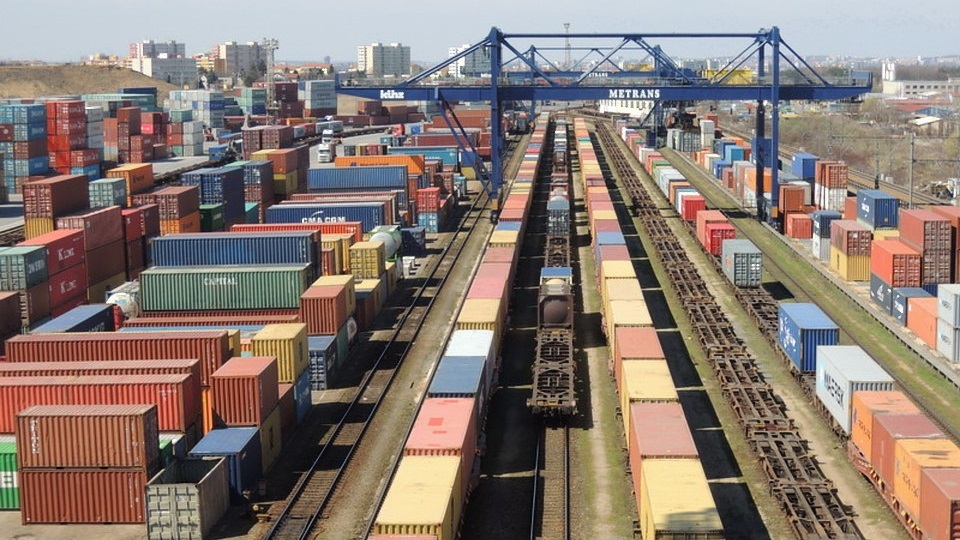‘Terminal network in CEE countries grows incredibly’

The network of intermodal terminals in Central Eastern Europe (CEE) has been developing at a frenetic pace in the last 20 years. The key factor of the growth process is private investments. To continue this trend, the regional terminal network requires the implementation of several measures. Which ones? Tomasz Mioduszewski, Shipping and Forwarding Manager at Metrans Polonia, will answer this question at the RailFreight Summit that takes place on 15-16 May in Gdansk.
“Twenty years ago we lived in an intermodal desert, now there are some real state-of-the-art terminals spread around Central Eastern Europe. When we take a look at Poland and the whole CEE, the terminal network in the region is growing incredibly. Western Europe could learn from it. When you take a look at the map of available terminals 20 years ago, then 10 years ago and then today, we see an amazing development of capacities”, Mioduszewski says.
The company he works for, Metrans Polonia, operates four intermodal terminals in Poland. Within the country, Metrans is only one of numerous terminal operators, together with PKP Cargo, OT Logistics, PCC Intermodal and others. Moreover, as a part of HHLA Group Metrans has intermodal facilities in Czechia, Slovakia, Hungary and Austria.
Private investment
Mioduszewski believes that such development would be impossible without private investments. “This is the good and right approach. We needed more capacity on the rail tracks in order to allow for an increase of container traffic and other multimodal units on rail instead of the road. We have seen that if needed, the private sector can respond to this need. However, we have also enough examples across Europe where terminal development is driven by the public sector and this brings along problems”, the Metrans manages explains.
At the same time, the New Silk Road is increasingly playing a role in the intermodal development of the CEE countries. “The New Silk Road is a relatively new project. For sure it is an important factor for rail infrastructure upgradez and development, but not the only one”, Mioduszewski notes. The number of container trains running between China and the EU grows year by year. The countries involved in the corridor pay a lot of attention to modernising their rail infrastructure. Poland is a prime example. The country widely invests in track upgrades and the development of intermodal facilities.
Trains vs trucks
The future of intermodal terminals in the CEE region depends on a range of factors. “It is very often that massive capital investments are needed to improve terminals, rail tracks and rolling stock. In this way, regulatory bodies could provide incentives encouraging market players to opt for intermodal transport. However, changing some business models is not easy”, Mioduszewski specifies.
Meanwhile, he believes that a shift to rail is also a very important stimulus. “In many cases, truck deliveries are used as the only possible solution as its easily accessible, flexible, frequent and causing no burden on the documentation flow. If we manage to persuade those people that intermodal transportation can also be simple and, in addition, more environment-friendly, we may expect a new wave of rail freight lovers”, the Metrans manager concludes.
RailFreight Summit
Do you want to know more about terminal development in Central Eastern Europe? Come to the RailFreight Summit in Gdansk. This year’s RailFreight Summit is the second edition of the event. Top-level speakers will gather in the intermodal hub to discuss New Silk Road connections and other routes through Poland and Central Europe. Registration is still open. More information about the event can be found on the website.
Also read:




